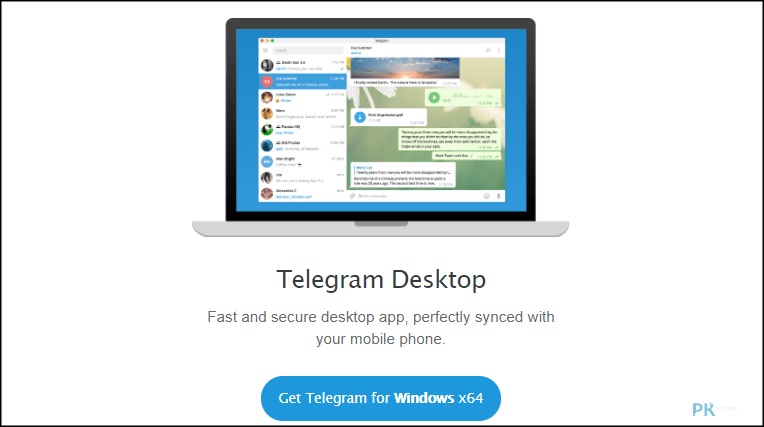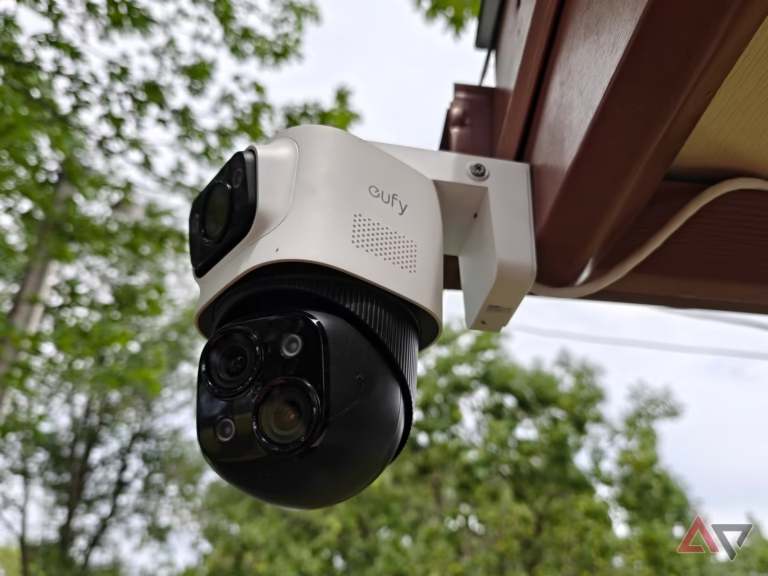Cryptocurrency ownership brings freedom, privacy, and control, but it also comes with the responsibility of safely managing private keys. A small mistake such as losing your seed phrase can result in losing access to your digital assets forever. To make wallet recovery easier, blockchain networks widely adopted mnemonic phrases based on the BIP39 standard. One of the most popular tools that helps users generate, verify, and restore these phrases is the Ian Coleman BIP39 tool. This guide will explain what the tool is, how it works, and provide a step-by-step approach to using it safely.
What is the Ian Coleman BIP39 Tool?
The Ian Coleman BIP39 tool is an open-source web application designed to help cryptocurrency users manage their mnemonic recovery phrases. It allows users to generate seed phrases, derive wallet addresses, and restore keys in a secure and controlled environment. The tool implements the BIP39 (Bitcoin Improvement Proposal 39) standard, which defines how seed phrases—commonly 12 or 24 words—are created and converted into deterministic wallets.
What makes this tool particularly powerful is its transparency. Since the source code is publicly available, anyone can audit it to ensure there are no hidden vulnerabilities. Users can also run it offline, making it safer than relying on unknown online seed generators.
Why BIP39 Seed Phrases Matter
BIP39 phrases, sometimes called mnemonic phrases or recovery seeds, are the backbone of modern cryptocurrency wallets. Instead of handling long and complex private keys, wallets provide users with easy-to-read word combinations that can regenerate all associated keys and addresses. For example, a 12-word seed phrase is sufficient to recover an entire Bitcoin or Ethereum wallet, including all associated accounts.
Without a valid recovery phrase, access to funds is lost forever. Therefore, understanding how to use a trusted tool like Ian Coleman BIP39 is crucial for crypto security.
Key Features of the Ian Coleman BIP39 Tool
- Mnemonic Phrase Generation: Create new recovery phrases of different lengths (12, 15, 18, 21, or 24 words).
- Deterministic Wallet Derivation: Generate wallet addresses from the seed for Bitcoin, Ethereum, and other blockchain networks.
- Offline Usability: Download the tool from GitHub and run it without internet access for maximum security.
- Compatibility: Supports multiple derivation paths for hardware and software wallets like Ledger, Trezor, MetaMask, and more.
- Custom Passphrases: Add an additional security layer by combining a mnemonic phrase with a passphrase, often referred to as the “25th word.”
How to Safely Use the Ian Coleman BIP39 Tool
When dealing with cryptocurrency recovery phrases, safety is paramount. Here’s a step-by-step guide to using the tool securely:
Step 1: Download and Run the Tool Offline
The official GitHub repository hosts the Ian Coleman BIP39 tool. Download the HTML file and open it in your browser without connecting to the internet. This prevents seed phrases from being exposed online. Always verify the authenticity of the download by checking the repository’s URL and reviewing recent community feedback.
Step 2: Generate or Input a Mnemonic Phrase
You can either create a new recovery phrase or input an existing one. If generating, select the number of words (12, 15, 18, 21, or 24). The longer the phrase, the higher the entropy and security. If restoring, carefully enter your existing phrase in the provided input field, ensuring every word is spelled correctly.
Step 3: Choose a Derivation Path
Different wallets use different derivation paths. For example:
- Bitcoin (BIP44):
m/44'/0'/0'/0 - Ethereum (BIP44):
m/44'/60'/0'/0 - Litecoin:
m/44'/2'/0'/0
The tool allows you to select or manually enter the path. This ensures compatibility with your specific wallet provider.
Step 4: Generate Addresses and Keys
Once the mnemonic phrase and derivation path are provided, the tool will display wallet addresses and corresponding private keys. This is a crucial step for recovering funds. Write down or securely store only what is necessary. Never share private keys or keep them on an internet-connected device.
Step 5: Use With Hardware or Software Wallets
If you are recovering a hardware wallet like Ledger or Trezor, confirm the derived addresses match those shown in your device. For software wallets such as MetaMask or Electrum, import the seed phrase and verify balances.
Security Best Practices When Using Ian Coleman BIP39
- Always run offline: Avoid generating or entering seed phrases while connected to the internet.
- Verify authenticity: Download only from the official GitHub repository, not from unknown websites.
- Never reuse compromised phrases: If you suspect your phrase has been exposed, create a new one and transfer funds immediately.
- Store securely: Write down recovery phrases on paper or metal backups instead of digital files.
- Avoid screenshots: Images of seed phrases are easily compromised if stored on devices connected to cloud services.
- Consider passphrases: Adding an extra word enhances protection if someone gains access to your seed.
Common Use Cases of Ian Coleman BIP39
- Wallet Recovery: Restoring lost or corrupted wallets by re-deriving addresses.
- Cross-Wallet Migration: Moving funds from one wallet provider to another while maintaining the same seed phrase.
- Key Verification: Checking that derived addresses match those expected in hardware or software wallets.
- Education and Research: Learning how mnemonic phrases and deterministic wallets function without risking real funds.
Advantages of Using Ian Coleman BIP39
- Open Source Transparency: No hidden processes, giving users confidence.
- Flexibility Across Chains: Supports numerous cryptocurrencies and derivation standards.
- Offline Capability: Keeps sensitive data away from online threats.
- User Control: Full control over mnemonic phrases, private keys, and addresses.
- Compatibility: Works seamlessly with popular wallet brands and standards.
Risks and Limitations
While the Ian Coleman BIP39 tool is powerful, it is not without risks:
- Human Error: Incorrectly entering a phrase can lead to wrong addresses.
- Compromised Device: Running the tool on a malware-infected system can expose keys.
- Overconfidence: Relying solely on the tool without proper backups may lead to permanent loss if mistakes occur.
Users must remember that the tool itself is only as safe as the environment in which it runs.
Alternatives to Ian Coleman BIP39
Although this tool is widely trusted, other options exist:
- Hardware Wallets: Ledger and Trezor handle seed phrases securely within their devices.
- Electrum Wallet: Offers advanced seed phrase and derivation management.
- MyEtherWallet (MEW): A specialized tool for Ethereum users with built-in mnemonic support.
These alternatives are worth exploring, but none match the flexibility and transparency of the Ian Coleman BIP39 tool.
Final Thoughts
Managing cryptocurrencies requires both knowledge and responsibility. The Ian Coleman BIP39 tool remains one of the most trusted resources for handling mnemonic phrases and deterministic wallets. By learning how to use it properly, users can safeguard their assets, recover lost wallets, and gain a deeper understanding of blockchain security. Whether you are a beginner trying to understand recovery phrases or an advanced user conducting wallet migration, this tool provides the flexibility, transparency, and reliability you need.


















